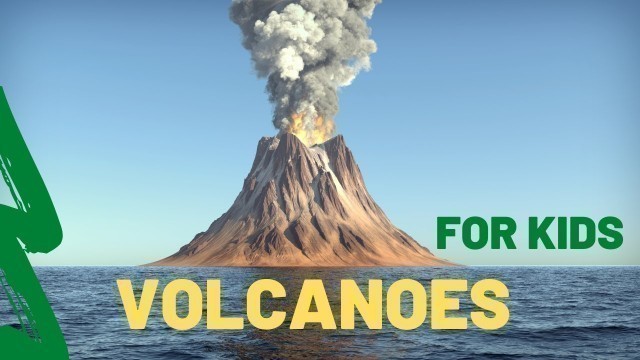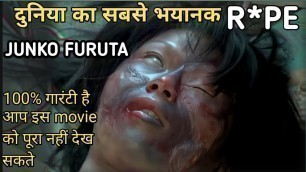

'A volcano is an opening in the Earth\'s surface through which molten rock and gas can escape. When this molten rock, also known as magma, reaches the surface and cools, it forms a new type of rock called lava. Volcanoes for Kids | Introduction to Volcanoes for Kids Now, you might be wondering, where do volcanoes come from? Volcanoes form when magma rises up through the Earth\'s crust and erupts. This usually happens at the boundaries of tectonic plates, which are the pieces of the Earth\'s crust that fit together like a puzzle. There are three main types of tectonic plates: the lithosphere, the mantle, and the core. The lithosphere is the outermost layer of the Earth and it\'s made up of solid rock. The mantle is the layer below the lithosphere and it\'s made up of hot, molten rock called magma. The core is the very center of the Earth and it\'s made up of iron and nickel. When two tectonic plates collide, the magma from the mantle can rise up and create a volcano. There are also other types of volcanoes, such as those that form from hot spots, which are areas of the Earth\'s surface that are very hot. Now let\'s talk about the different types of volcanoes. There are three main types: shield volcanoes, stratovolcanoes, and cinder cones. Shield volcanoes are the largest type of volcano and they are usually shaped like a dome or shield. They are formed by thin, runny lava that flows a long way before it cools and solidifies. Some examples of shield volcanoes are Mauna Loa in Hawaii and Olympus Mons on Mars. Stratovolcanoes are also known as composite volcanoes and they are made up of layers of lava, ash, and other volcanic materials. These volcanoes are usually cone-shaped and they can erupt with great force. Some examples of stratovolcanoes are Mount Vesuvius in Italy and Mount St. Helens in the United States. Cinder cones are the smallest type of volcano and they are formed by small eruptions of ash, cinders, and lava. These volcanoes are usually symmetrical and cone-shaped, and they are often found near larger volcanoes. Some examples of cinder cones are Parícutin in Mexico and Sunset Crater in the United States. Now let\'s talk about the different types of volcanic eruptions. There are three main types: effusive, explosive, and tranquil. Effusive eruptions are when lava flows slowly and steadily from the volcano. These eruptions can last for a long time and they often result in the formation of shield volcanoes. Explosive eruptions are when gas and ash are ejected from the volcano with great force. These eruptions can be very dangerous and they often result in the formation of stratovolcanoes. Tranquil eruptions are when lava flows slowly and steadily, but they do not produce much ash or gas. These eruptions are usually not very dangerous and they often result in the formation of cinder cones. Now that we\'ve learned about the different types of volcanoes and volcanic eruptions, let\'s talk about some famous volcanic eruptions throughout history. One of the most famous volcanic eruptions was the eruption of Mount Vesuvius in 79 AD. This eruption destroyed the Roman cities of Pompeii and Herculaneum. #volcano #volcanoesforkids #eruptions'
Tags: volcanoes , what is a volcano , volcanoes for kids , volcano facts for kids , volcano facts , introduction to volcanoes for kids , introduction to volcanoes , volcano videos , volcanoes for children , Some popular volcanic eruptions
See also:











![The House Bunny FULL MOVIE [COMEDY] 2008 HD - Anna Faris, Colin Hanks](https://cdn-img01.movies2plus.com/images/20-m/225/22556_m.jpg)



![Original Sin 2001 [Full Movie Romance] - Antonio Banderas, Angelina Jolie, Thomas Jane](https://cdn-img01.movies2plus.com/images/20-m/857/8570_m.jpg)

comments